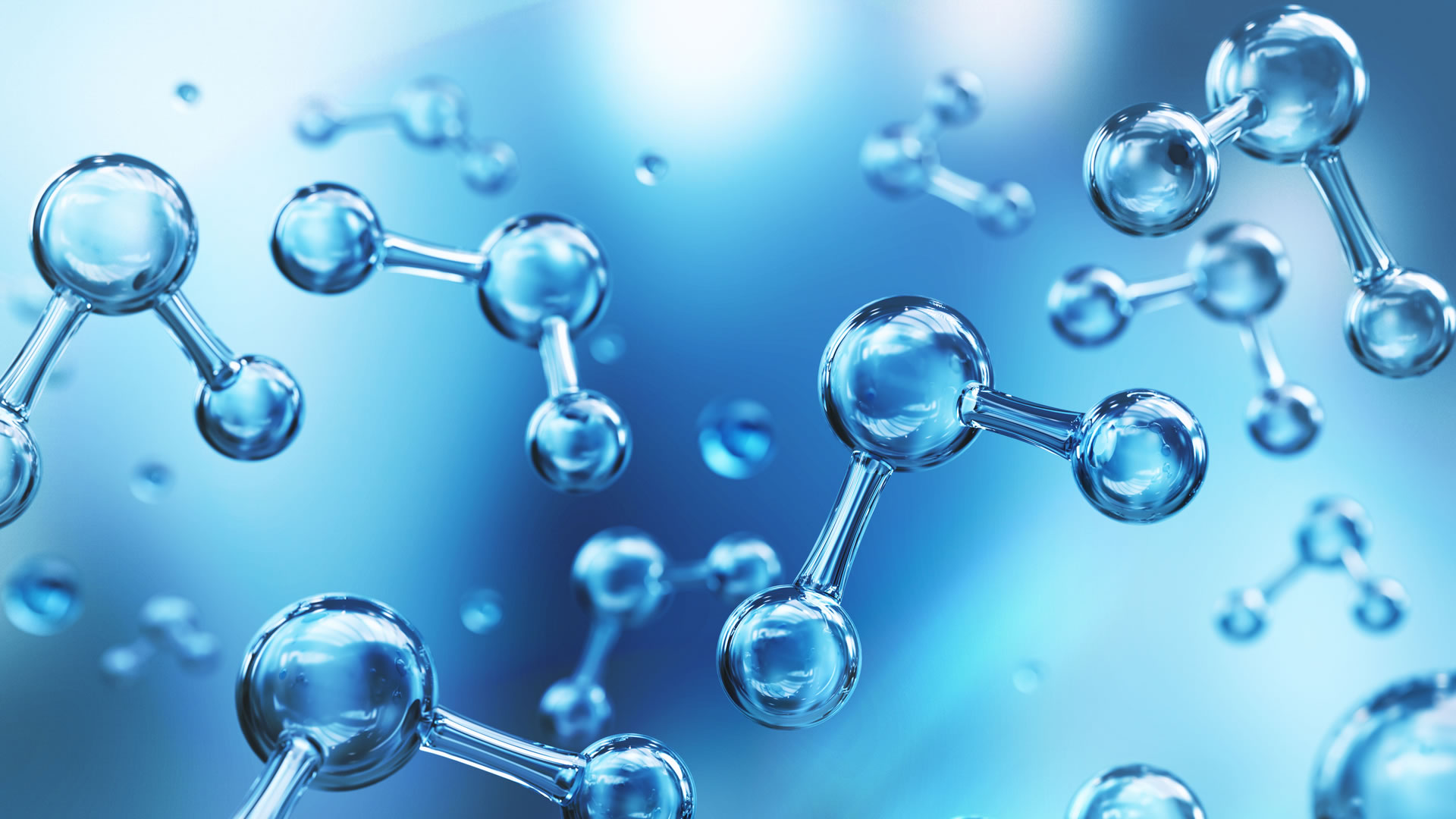Innovative Method to Generate Hydrogen from Water Using Sunlight, Urea, and Nanowires
Key Ideas
- University of Alberta researchers have developed a groundbreaking method to split water into hydrogen and oxygen using sunlight, urea, and nanowires.
- The process is efficient and cost-effective, offering a cleaner and more sustainable alternative to current methods of hydrogen production.
- The new method can work on both sunny and cloudy days, does not require large storage batteries, and uses low-cost materials that are more environmentally friendly.
- The team aims to further improve the process by exploring the use of different materials and expanding its applicability to produce hydrogen from methanol.
Researchers at the University of Alberta have discovered an innovative way to harness sunlight and specialized materials to split water into hydrogen and oxygen efficiently. Led by Karthik Shankar, the team's method involves using urea, a common chemical, to create carbon nitride, which absorbs sunlight and facilitates the separation of electrons and holes. The addition of titanium dioxide helps keep the energized particles separated, leading to the production of hydrogen gas from water. One of the key advantages of this method is its ability to function on both sunny and cloudy days, thanks to nanowires that capture sunlight from various angles.
The process eliminates the need for large storage batteries as the hydrogen gas produced can store energy for transportation. Moreover, it is considered more environmentally friendly compared to traditional silicon solar panels, as it utilizes low-cost, abundant materials without significant pollution. Shankar's team is looking into using alternative materials like melamine and expanding the process to produce hydrogen from methanol.
The new method could potentially enhance energy independence for countries by enabling them to generate clean energy using local resources. Shankar believes the technology could be ready for large-scale commercial use within the next three to five years, offering a promising alternative to current energy production methods. The team's research has been published in the Journal of the American Chemical Society, showcasing the significant advancements in sustainable energy production.
